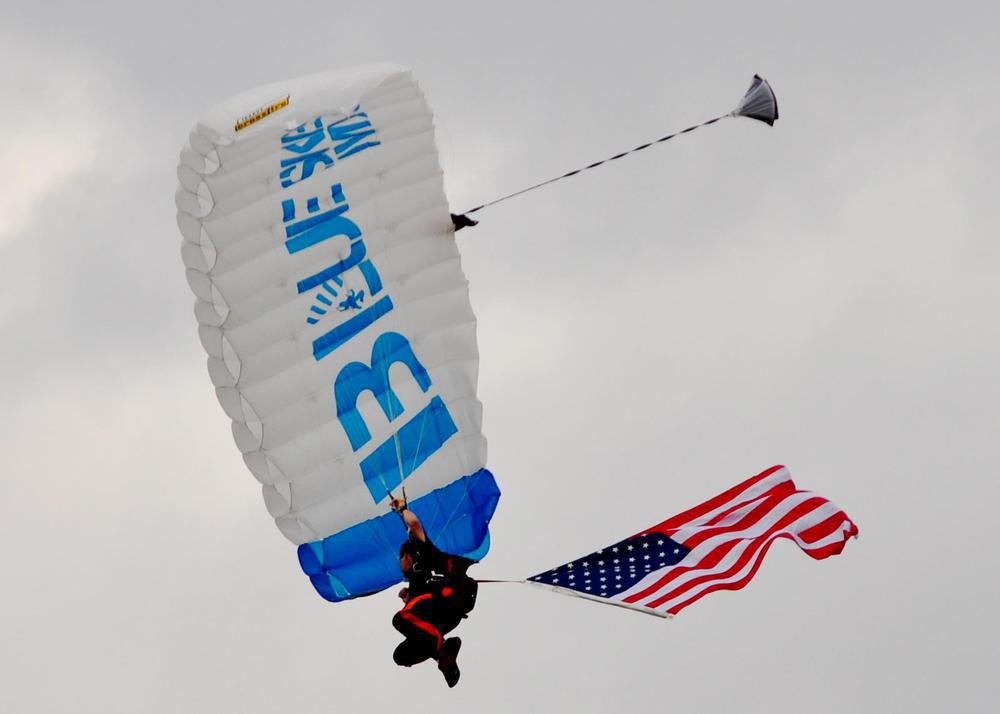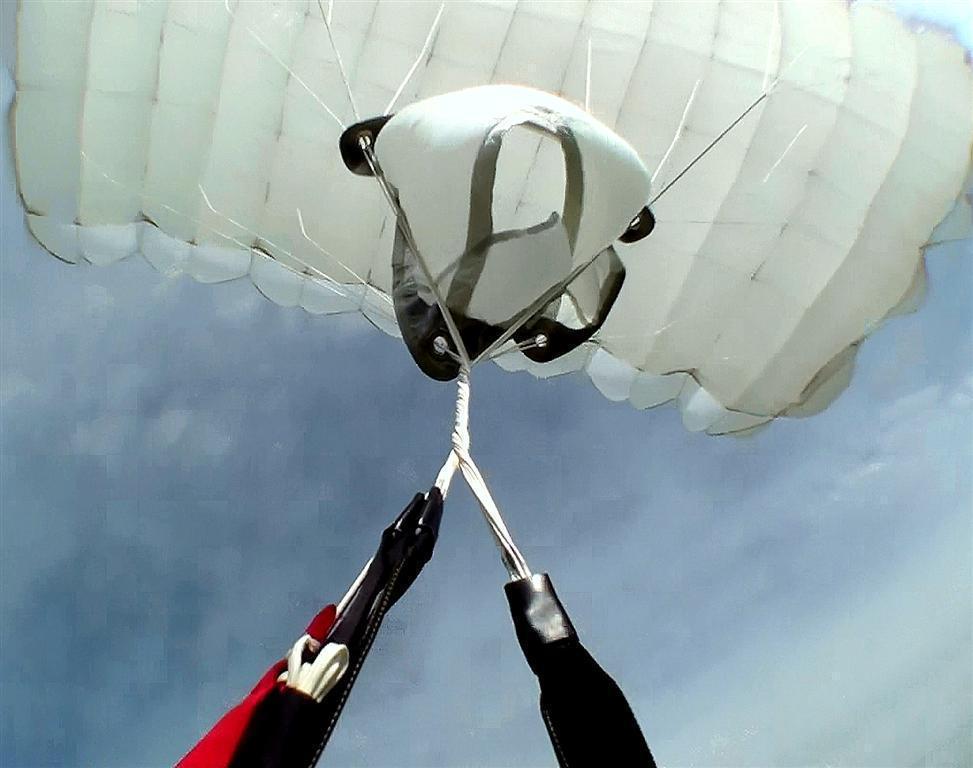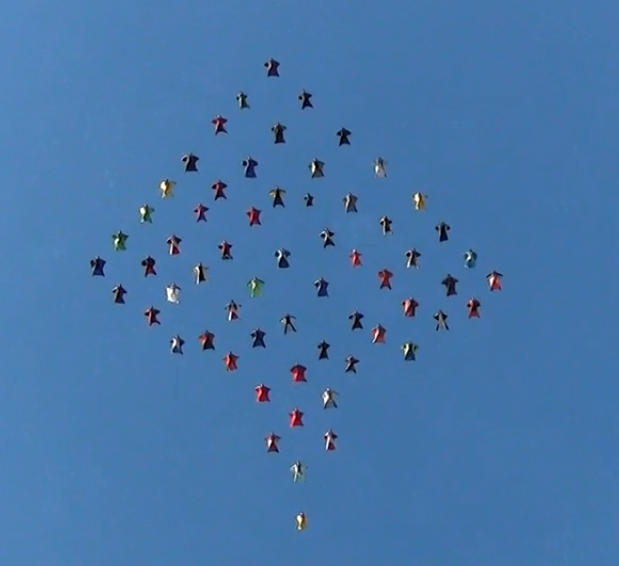Leaderboard
-
in all areas
- All areas
- Adverts
- Advert Questions
- Advert Reviews
- Videos
- Video Comments
- Blog Entries
- Blog Comments
- Images
- Image Comments
- Image Reviews
- Albums
- Album Comments
- Album Reviews
- Files
- File Comments
- File Reviews
- Dropzones
- Dropzone Comments
- Dropzone Reviews
- Gear
- Gear Comments
- Gear Reviews
- Articles
- Article Comments
- Article Reviews
- Fatalities
- Fatality Comments
- Fatality Reviews
- Stolen items
- Stolen item Comments
- Stolen item Reviews
- Records
- Record Comments
- Record Reviews
- Help Files
- Help File Comments
- Help File Reviews
- Events
- Event Comments
- Event Reviews
- Posts
- Status Updates
- Status Replies
-
Custom Date
-
All time
January 20 2016 - August 23 2025
-
Year
August 23 2024 - August 23 2025
-
Month
July 23 2025 - August 23 2025
-
Week
August 16 2025 - August 23 2025
-
Today
August 23 2025
-
Custom Date
03/14/2023 - 03/14/2023
-
All time
Popular Content
Showing content with the highest reputation on 03/14/2023 in all areas
-
4 pointsThat's the fallacy. Regulation != Infringing on Rights. One can still own guns; but rights and ownership come with responsibility. It would be nice if we didn't have to regulate people regarding guns, but as long as they're going to be irresponsible, then regulations will need to be emplaced. Somehow, I'm of the opinion that killing kids in schools is not equal to responsible.
-
3 pointsI find it interesting that the "well regulated" portion is continually dismissed, refused, misconstrued, or flat out ignored and argued over.
-
2 points
-
2 points
-
2 pointsI had a former Portland Agent check the Washougal pages out - here are his comments: OK, here’s what I get from the attached documents: They are all teletypes – because they require immediate investigation on a priority matter. Notice that they are informational, but are not detailed information or direct quotes from the source, so they are not 302’s. A 302 will have the form number on it, with a space at the bottom that will have the initials of the person who typed it, and the Agent who dictated it. Depending on the Agent, many of us would identify ourselves in the first paragraph so that the reader, (US Atty, court etc.) would know who was writing it. A 302 will only pertain to information observed by the Agent, or the results of an interview. That restriction makes them suitable to be introduced into court as evidence. They will not contain directions or leads for another office/location. A cover letter, similar to the teletypes would be sent with the 302. The first teletype (attachment) is from Portland to Seattle and to Cleveland. It’s basic purpose is to find out who these CB guys are. So Seattle is directed to go to the sawmill at Auburn and find out who is bringing in 20 loads from the Washougal area. Cleveland is directed to contact the owner of the radio call letters who lives in Ohio. Cleveland responds back by teletype and basically says the CB guy doesn’t know what the hell they are talking about because he hasn’t even been to Montana since the distant past. One must conclude that the original source overheard the call letters incorrectly, or that the person being overheard fraudulently used the letters of someone else to avoid paying the license fee. Your attachments didn’t contain the results or reply from Seattle. If Seattle obtained additional information, they would write another message to the Agents serving Washougal ( The Vancouver WA resident agency), and direct them to interview the log truck driver. Portland would probably not even be given a copy of that communication unless there was more required in Portland. The way the communication system was set up, they tried to avoid excess paper and communications to file. If it didn’t concern an outside office or require additional work there, they weren’t included. This is typical of the frustrating dead ends, and ultimately useless effort that goes in to major investigations. You open a can of worms, and what crawls out isn’t even worms. So you have to clear the air of the static and focus only on your original intent or you get lost and overwhelmed with irrelevant information. I’m confident that issue was resolved, but the result would most likely be confined to the Seattle Office, possibly with copies to FBIHQ in Wash D.C. By the way, the initials at the bottom of the page of the T Types would be the supervisor who signed out the teletype. At that time, all priority matters, because they were suppose to require the receiving agents to drop everything and cover the lead immediately, had to be approved by a squad supervisor. I hope this clears up some of the questions. Regards,
-
1 point
-
1 pointWhat possible reason is there for allowing trolls to return when you know beyond a shadow of a doubt, exactly what they will do when they return???
-
1 point
-
1 point
-
1 pointLike I said, seeing this forum today felt like it should be renamed. Or simply closed, ignored, and forgotten. Peace.
-
1 point
-
1 pointThere might be subtler meanings there, y'know. "Downfalls of democracy" is general, and isn't the same as "downfalls of being a pure democracy." But as long as you get to slam someone you see as a liberal, it's all good, right? The US is neither a pure democracy nor a pure republic. After all, the main distinguishing thing of a republic is that the leader is not royal. How do the leaders get there? Why, democracy! Wendy P.
-
1 pointYes, I do have a problem with it. There is a reason female athletes compete separately from men and this is not merely unfair, it is grossly unfair.
-
1 pointDrag queens... CRT... Woke... They gotta have their strawmen to provoke fear in the fools.
-
1 point
-
1 pointYou know when Defense Minister Lavrov said that Ukraine started the war at the G20 conference, the entire audience laughed at him, right? And which country has oligarchs with huge mansions, all over the world. While the military has virtually nothing. Russia isn't retreating because Ukraine hasn't launched any offensives... Yet. Spring is coming. And I have to laugh that Russia shot 6 of their 'hypersonic' missiles at Ukraine. At $100 million + each, that's over HALF A BILLION dollars worth of missiles. Just to kill less than a dozen civilians (a war crime) and shut down the power for a few hours (also a war crime). The missile & drone attacks have decreased significantly of late. Probably because Russia is running out of stuff to shoot. That's one probable reason they are using very expensive ordnance for purposes they were not intended.
-
1 pointIn most national parks there are serious fines for feeding wildlife. Those laws are intended to prevent wildlife from associating food with people. Thus endangering both. Should there not be an internet forum law. Prohibiting the feeding of trolls. Who would become accustomed to engagement. When trolls should rightly stick to the deep warrens where their kin and ideas inhabit?
-
1 point
-
1 pointIt would be great if people got as incensed over the tens of thousands of gun deaths each year as they do over actors kissing on TV. Old White Man.
-
1 pointBest estimate is 4000 to 5000 world wide across all manufactures.
-
1 pointHi airdvr, FINALLY - Something we both can agree with. Jerry Baumchen PS) IMO most thinking Americans know that Bill Clinton is a sleazeball. While I voted for him in '92*, I could not in '96. * To me, by '92, Bush 43 was a tired old man.
-
Newsletter






.thumb.jpg.4bb795e2eaf21b8b300039a5e1ec7f92.jpg)




